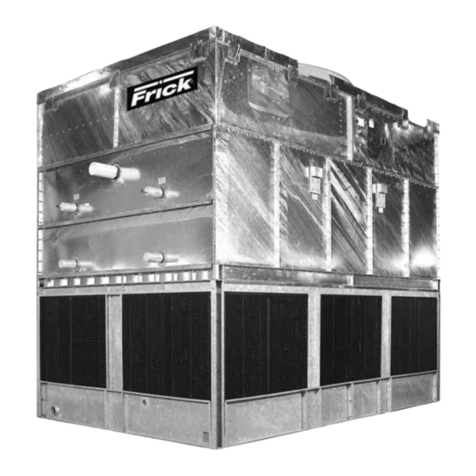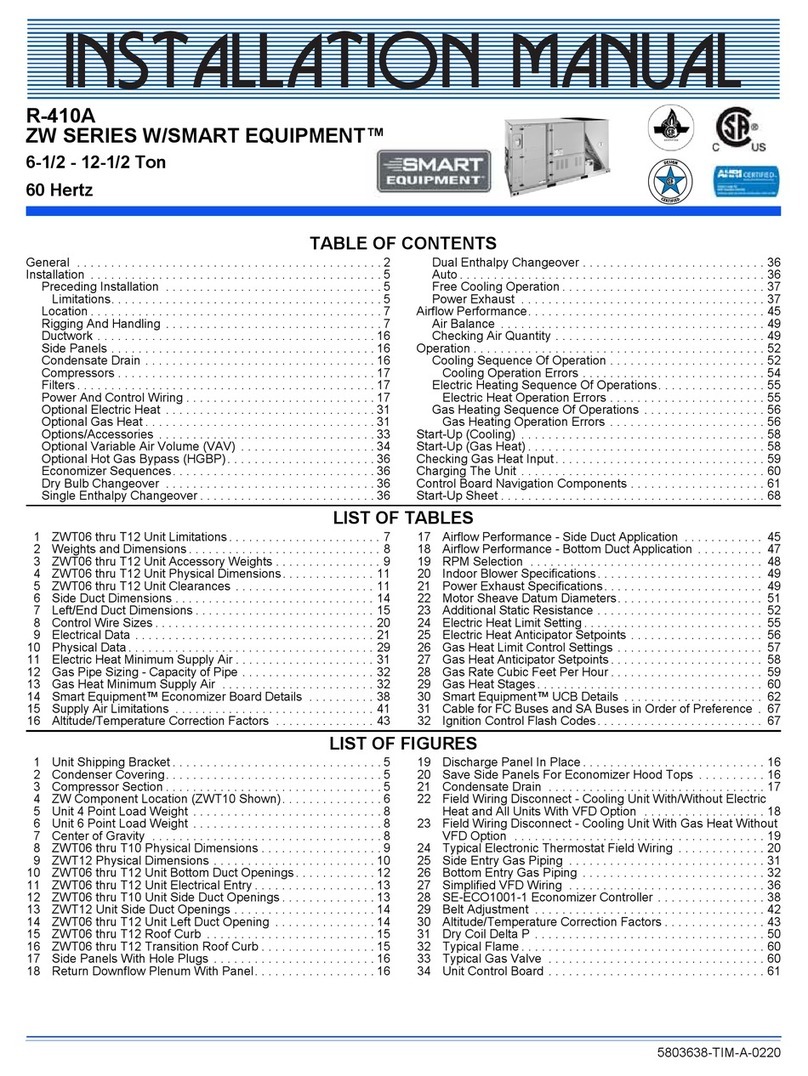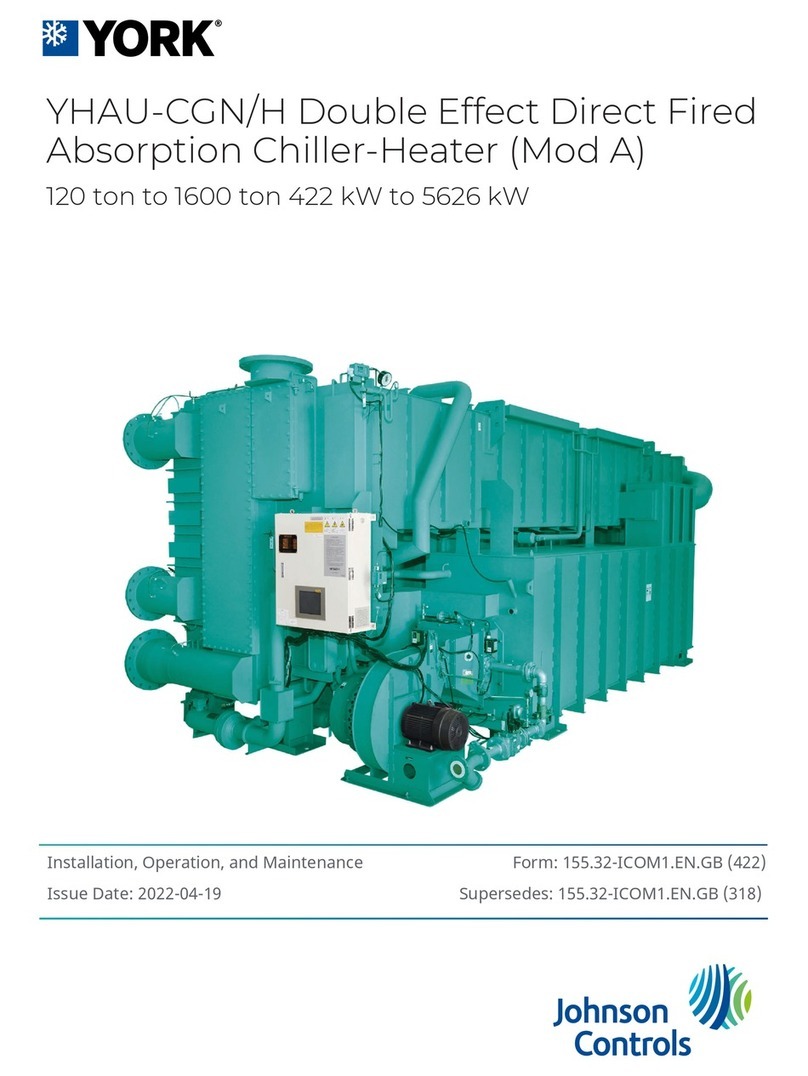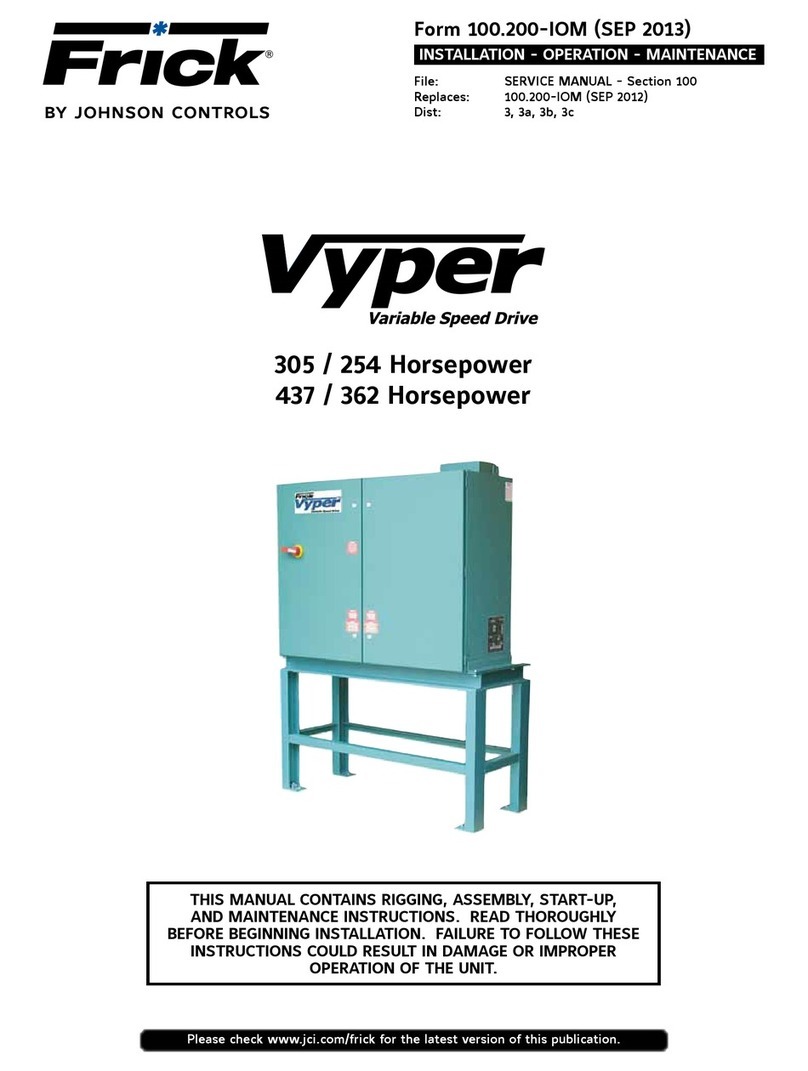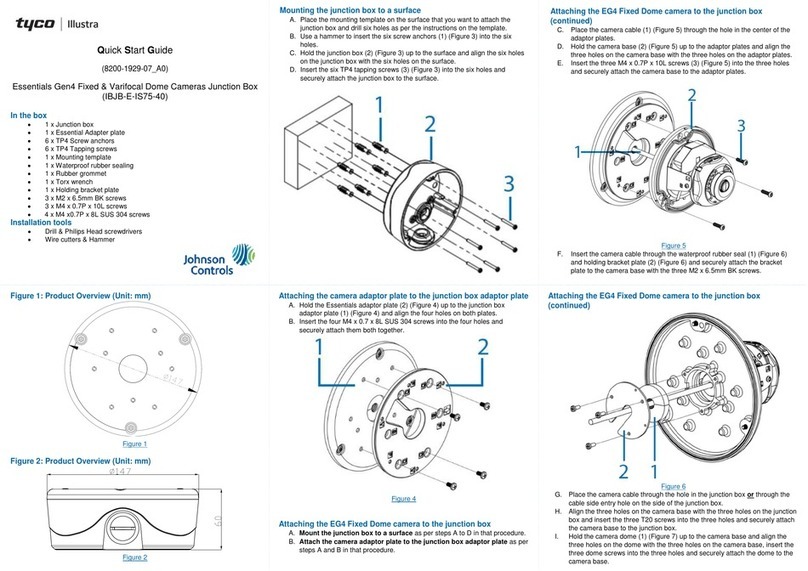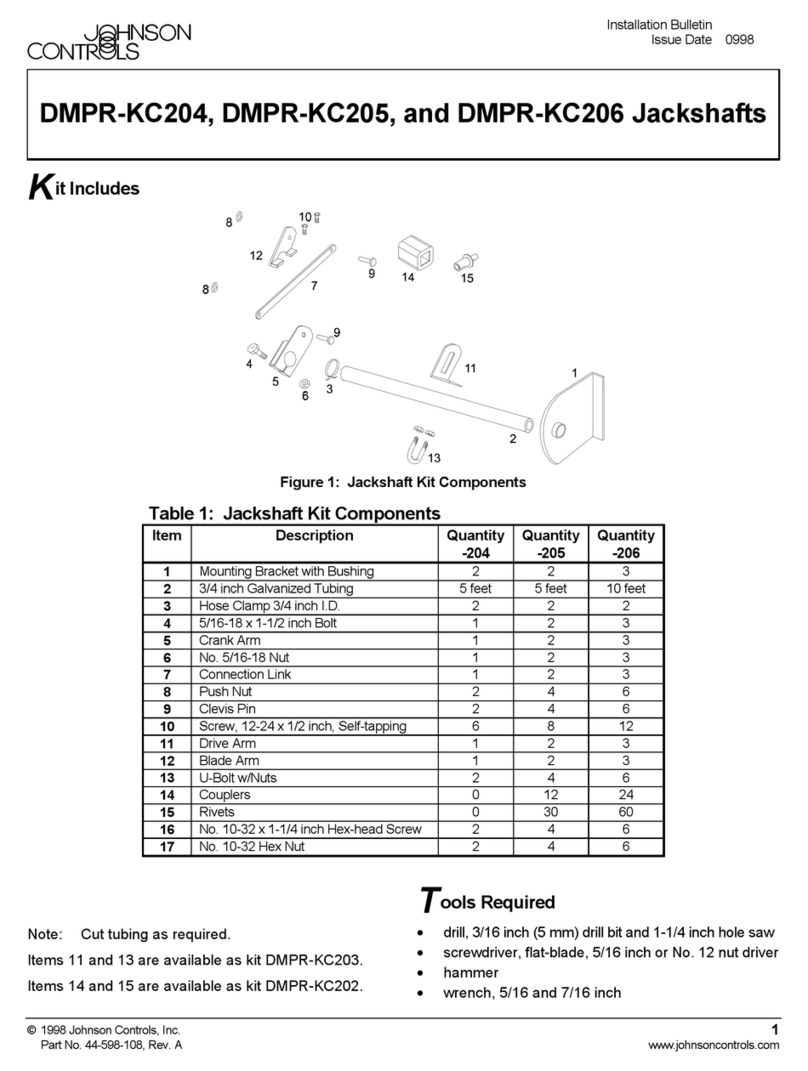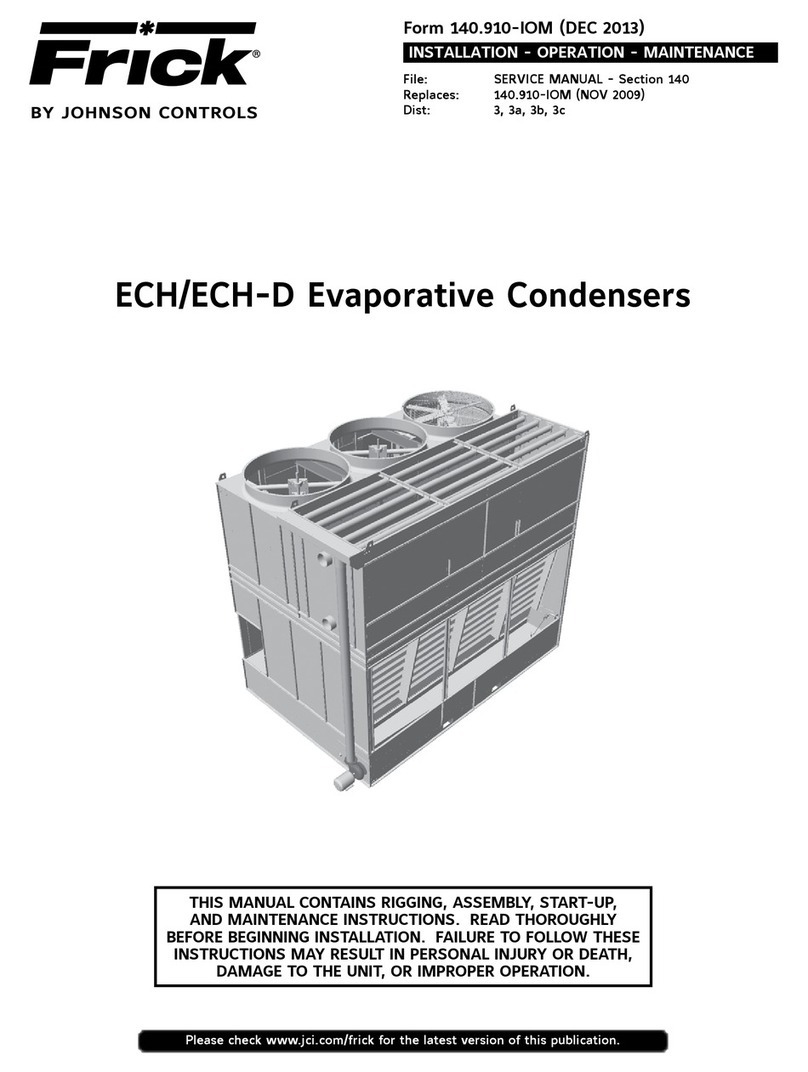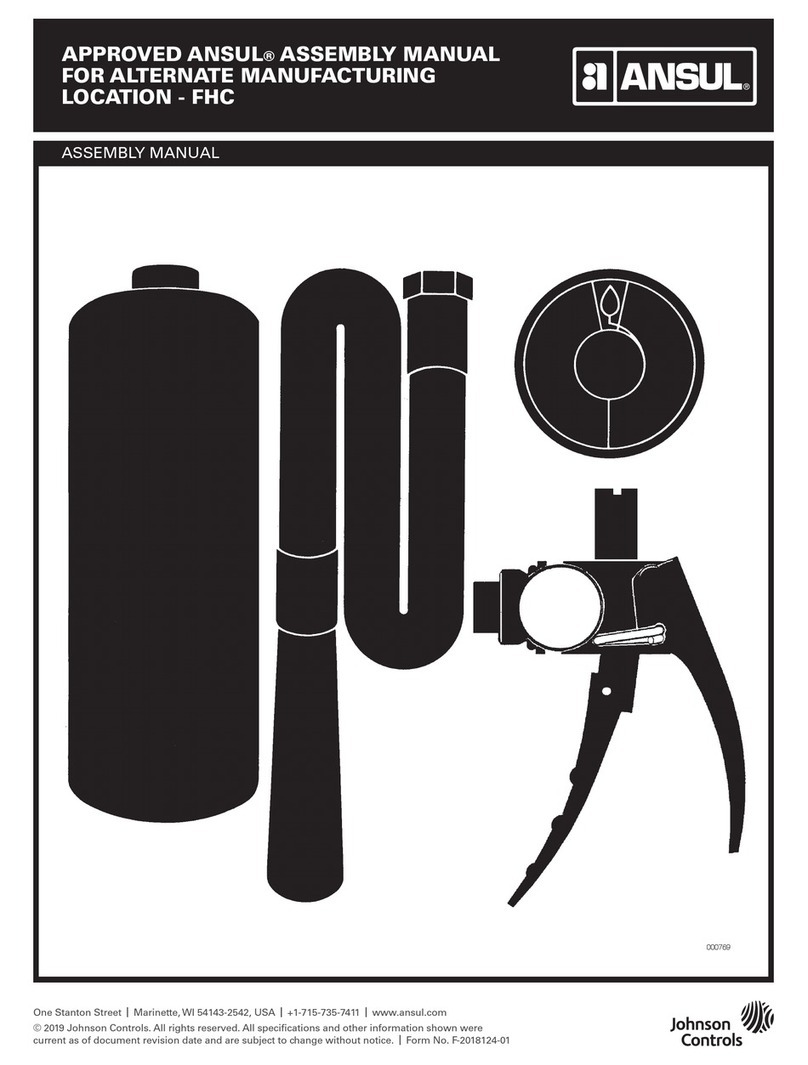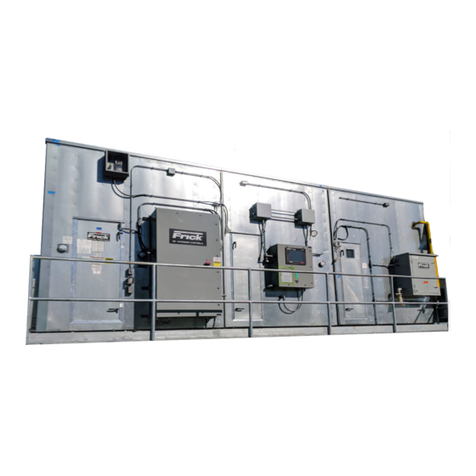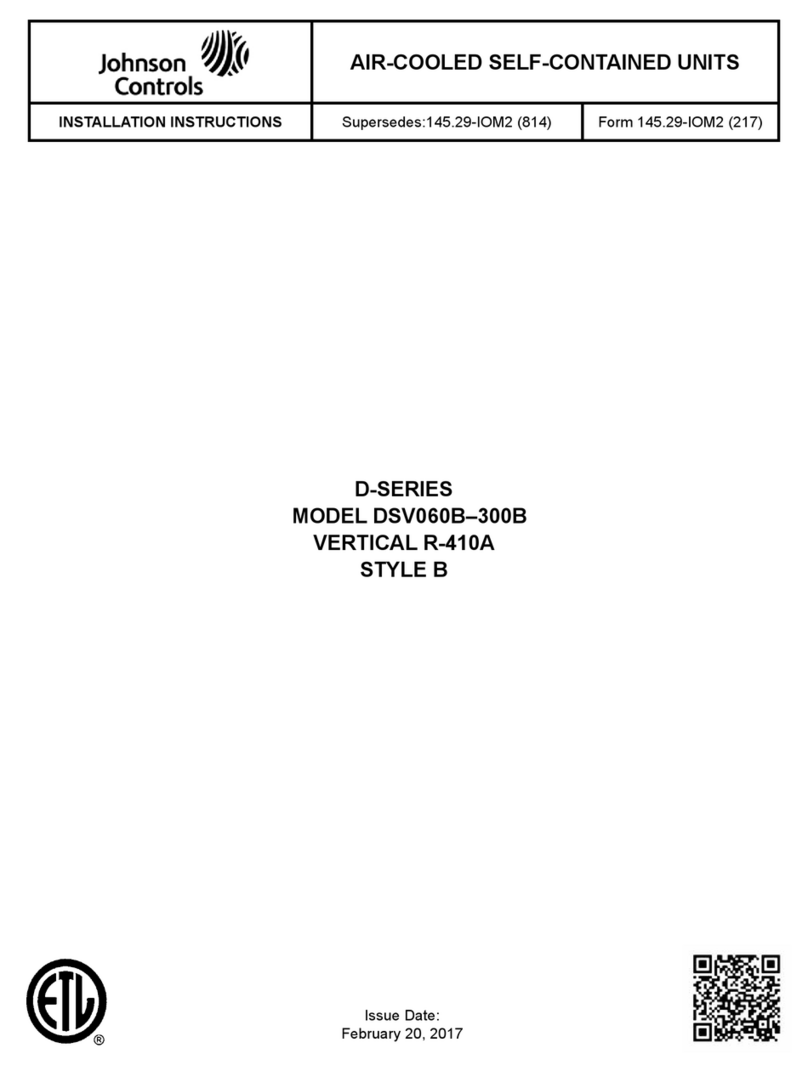
Contents
ContentsGeneral safety guidelines.............................................................................................................................. 5
Safety symbols..................................................................................................................................... 5
Changeability of this document......................................................................................................... 6
Revision notes...................................................................................................................................... 6
Associated literature........................................................................................................................... 6
Conditioned based maintenance...................................................................................................... 7
Nomenclature...................................................................................................................................... 8
Description of system and fundamentals of operation............................................................................ 9
System operation description............................................................................................................ 9
Capacity control................................................................................................................................. 10
System operating procedures.................................................................................................................... 11
Oil heaters.......................................................................................................................................... 11
Oil heater operation.......................................................................................................................... 11
Checking the oil level in the oil reservoir....................................................................................... 11
Start-up............................................................................................................................................... 12
Chiller operation................................................................................................................................ 12
Condenser water temperature control........................................................................................... 13
Operating log sheet.......................................................................................................................... 13
Operating inspections....................................................................................................................... 14
Need for maintenance or service.................................................................................................... 16
Stopping the system......................................................................................................................... 16
Prolonged shutdown......................................................................................................................... 16
System components description................................................................................................................ 17
Compressor........................................................................................................................................ 17
Capacity control................................................................................................................................. 17
Compressor lubrication system....................................................................................................... 17
Oil pump............................................................................................................................................. 18
Oil heater............................................................................................................................................ 20
Motor driveline.................................................................................................................................. 21
Heat exchangers................................................................................................................................ 21
Refrigerant flow control.................................................................................................................... 21
Optional service isolation valves..................................................................................................... 22
Optional hot gas bypass................................................................................................................... 22
OptiView™ Control Center................................................................................................................ 22
Solid state starter (optional)............................................................................................................ 22
Variable speed drive (optional)........................................................................................................ 23
Operational maintenance........................................................................................................................... 24
Oil return system............................................................................................................................... 24
Changing the dehydrator................................................................................................................. 24
The oil charge.................................................................................................................................... 25
Model YK (Style H), R-134a and R-513A 3


